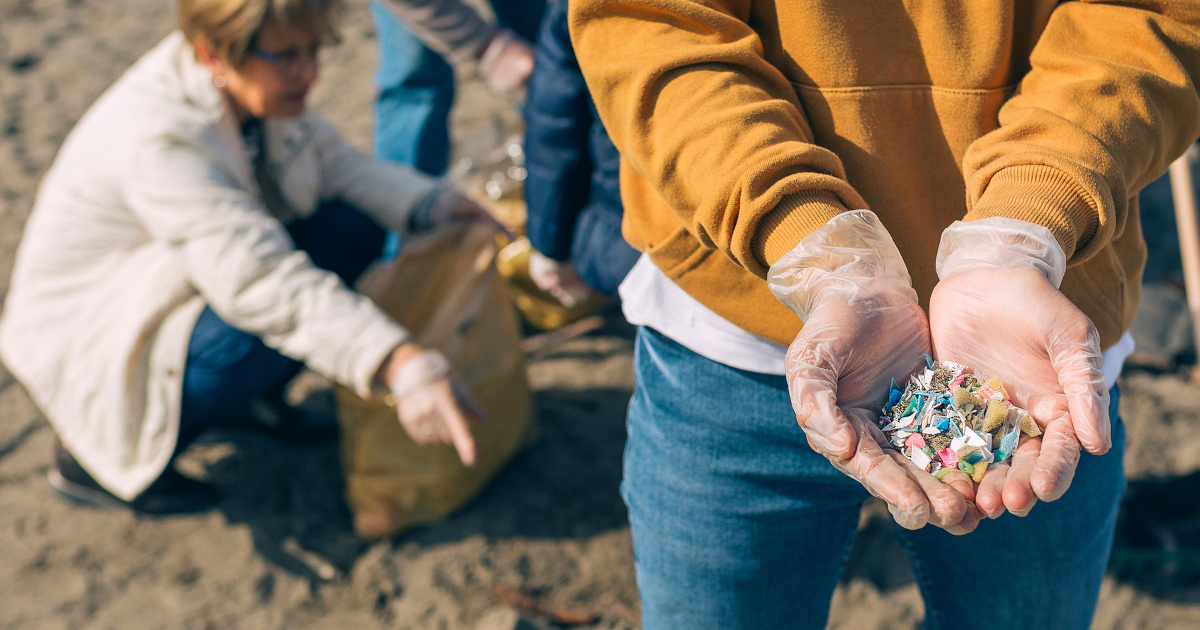
Microplastics From Natural Fertilizers Are Blowing In The Wind More Often Than Once Thought
January 21, 2024 | Source: Eurasia Review
Though natural fertilizers made from treated sewage sludge are used to reintroduce nutrients onto agricultural fields, they bring along microplastic pollutants too. And according to a small-scale study published in ACS’ Environmental Science & Technology Letters, more plastic particles get picked up by the wind than once thought. Researchers have discovered that the microplastics are released from fields more easily than similarly sized dust particles, becoming airborne from even a slight breeze.
Microplastics, or small bits of plastic less than 5 millimeters long, have appeared everywhere from clouds to heart tissues. And with these plastics’ increasing prevalence in people and water supplies, they’ve also been found in sewage and wastewater. Though sewage solids might not immediately seem like a useful product, after treatment they can form “biosolids,” which are applied to agricultural soils as a natural, renewable source of fertilizer.
According to estimates by the U.S. Environmental Protection Agency, over 2 million dry metric tons of biosolids — roughly half of the total amount collected by wastewater treatment plants — are applied to land each year. As a result, microplastics in these biosolids have the chance to reenter the environment. Because the plastics could carry other pollutants from the wastewater they originated from, they can be potentially dangerous when inhaled. So, Sanjay Mohanty and colleagues wanted to investigate how wind could pick up and transport microplastic particles from biosolid-treated agricultural fields.
